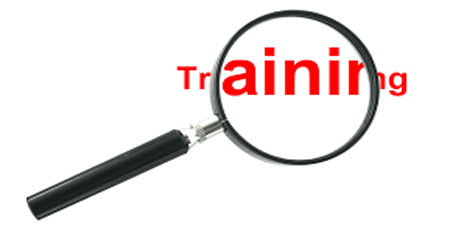How to Assess Training Needs
1. The facilitator gathers all employees who have the same job in a conference room with a whiteboard or flip charts and markers. (Alternatively, if each employee has access, you could use a program like Google Docs or another online shared access service. You would lose some of the immediacies of the more visual whiteboard or flip chart.)

2. Ask each employee to write down their ten most important training needs. Emphasize that the employees should write specific needs. Communication orteam buildingsare such broad training needs, as an example that you would need to do a second training needs assessment on each of these topics. How togive feedback to colleaguesorhow to resolve a conflictwith a coworker are more specific training needs.
3. Then, ask each person to list their ten training needs. As they list the training needs, the facilitator captures the training needs on the white board or flip chart. Don't write down duplicates but do confirm by questioning that the training need that on the surface appears to be a duplicate, really is an exact duplicate. Otherwise, participants can feel as if their needs were marginalized.

4. When all of the training needs have been listed, use a weighted voting process to prioritize the training needs across the group. In a weighted voting process, you use sticky dots or numbers written in magic marker (not as much fun) to vote on and prioritize the list of training needs.
5. Assign large dot 25 points and smaller dots five points each. Distribute as many dots as you like. Tell needs assessment participants to place their dots on the chart to vote on their priorities. Give the group a ten or fifteen-minute time limit so that you don't have people pondering their decision for a lengthy period of time.

6. List the training needs in order of importance, with the number of points assigned as votes determining priority, as determined by the sticky dot voting process. Make sure you have takennotes (best taken by someone on their laptop while the process is underway) or the flip chart pages to maintain a record of the training needs assessment session. Or, if available, use more modern technology like a dry-erase board or a web whiteboard.
7. Take time, or schedule another session,to brainstormtheneeded outcomes or goalsfrom the first 3-5 training sessions identified in the needs assessment process. This will help as youseek and schedule trainingto meet the employees' needs. You can schedule more brainstorming later, but I generally find that you need to redo the needs assessment process after the first few training sessions.

8. Note the top one or two needs of each employee that may not have become the priorities for the group. Try to build thattraining opportunity into the employee'sperformance development plan. You will also want to use the results for the employees'career development planningwhen they meet with their managers. This will ensure they have support to pursue the training that they need and want.

